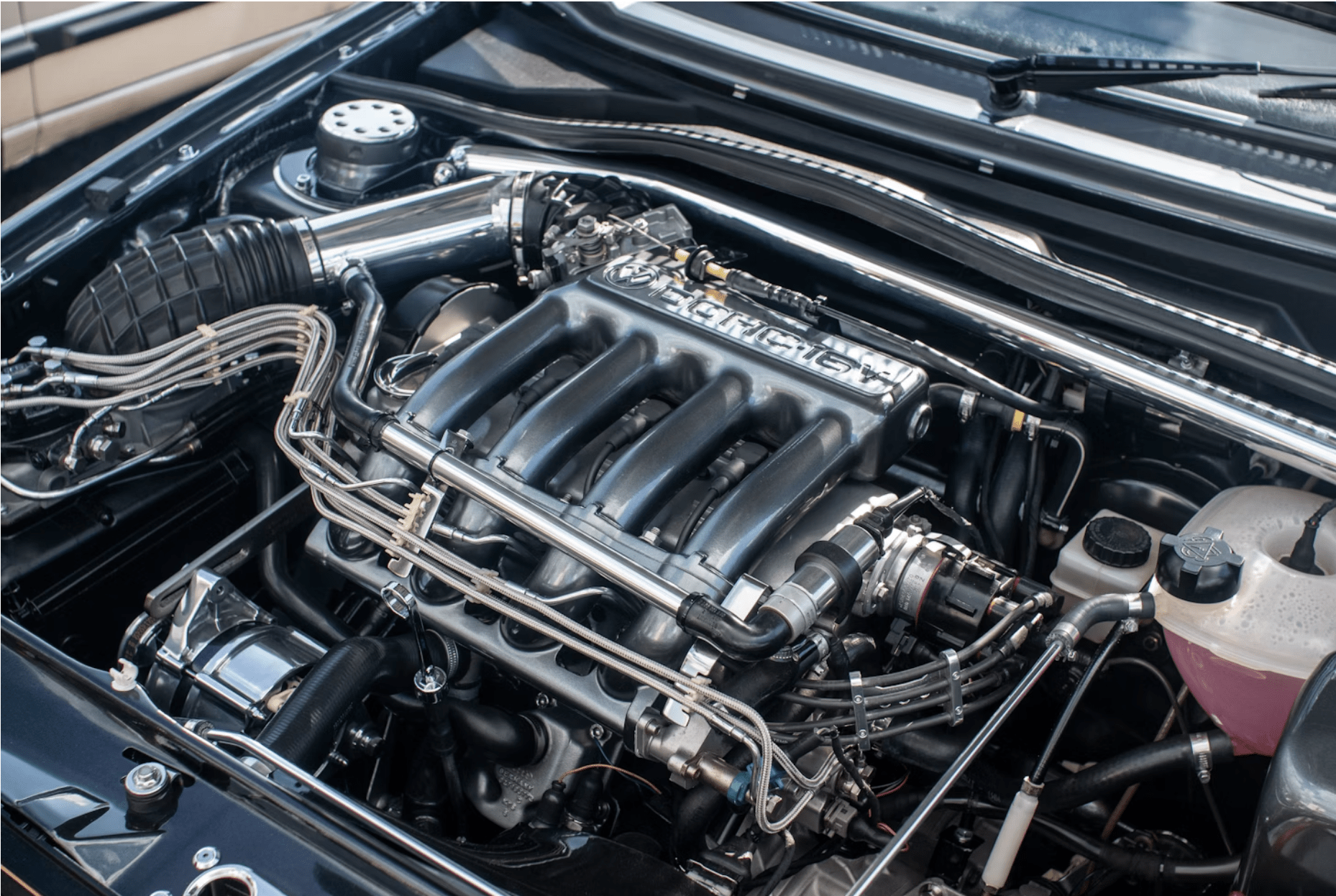Tricks to Maintain Diesel Particulate Filters and Make Them Last Long

Tricks to Maintain Diesel Particulate Filters and Make Them Last Long
Since 2011, all diesel engine vehicles have been required to have a diesel particulate filter or DPF. This filter helps in lowering the quantity of dangerous particles that the diesel exhaust discharges. The filter captures these materials and prevents them from entering the air and harming your car.
As a responsible car owner, you would want to keep your DPF in perfect working condition for as long as possible, right? You can do it with these tricks:
Clean the DPF
The DPF works by collecting and oxidizing soot, unburned fuel or lubricant oil, and turning it into ash. The ash is placed behind the filter where it accumulates over time and needs to be removed. This is where cleaning comes in.
It is important to perform routine maintenance on all parts of the DPF because certain new ones can cost thousands of dollars. Thankfully, you can increase proper system performance and profit while reducing downtime and service expenditures by being proactive with your service intervals.
In an ideal world, the diesel vehicle would carry out the regeneration cycles of the DPF filters. But the world has its flaws. The vehicle’s regeneration can be hampered by prolonged idle times, harsh cycles in the cold, or even a broken exhaust pipe.
History has shown that DPF cleaning is necessary on a frequent basis and that regeneration alone will not produce consistent results.
You can clean diesel particulate filters in two ways: thermal and aqueous.
The thermal cleaning process, also known as “bake and blow,” forces the ash out of the DPF filter with air while the filter is baked in an oven to oxidize the soot.
In aqueous cleaning, the process involves surrounding the ash particles with a surfactant to facilitate water washing of the ash out of the DPF substrate. After drying in a dedicated drying chamber, you prepare the DPF for reinstallation.
Attempting to clear your DPF at home is not advised. There are numerous reports of car owners using pressure washers and cleansers. While this might look like a good move, it won’t clean the filter well and may even damage it, necessitating a replacement.
Instead of trying to clean the filters at home, you should have them cleaned by a professional. If you have a fleet of cars and want to clean the DPF yourself, get DPF cleaning machines from DPF Parts Direct.
The primary determinant of the frequency of diesel particulate filter cleaning is how you drive your car. You can go considerably longer between cleanings if you drive largely on highways and carry heavy loads than if you work off-road or do a lot of starting and stopping.
The reason for this is that higher operating temperatures for the vehicle lead to more efficient DPF regeneration. It is possible to reach the necessary high temperatures when traveling at highway speeds—more frequent stop-and-start driving never helps in reaching the temperatures necessary for the DPF to regenerate properly.
To be on the safe side, clean your DPF every 75,000 to 100,000 miles or once a year, whichever comes first. This keeps the ash from solidifying to the point where it becomes challenging to remove.
Remember that the likelihood that a replacement diesel particulate filter will be necessary increases if you put off doing this routine cleaning of the filter.
Watch the oil you use in your vehicle.
The DPF captures up to 98% of particulate matter emissions as ash, which is made up of metallic compounds from fuel, engine wear metals, engine oil, and dirt from the air the engine runs on. Oil makes up to 90% of the ash that enters the DPF.
The accumulation of ash and soot, which is produced when engine oil burns during combustion, reduces the size of the DPF and increases engine back pressure and regeneration cycles.
One of the main ways to maximize DPF servicing intervals is to control oil usage. When oil is burned, it leaves behind an ash residue, which is caused by non-combustible inorganic material carried by the exhaust.
Metals can be found in engine oils as multipurpose additives, detergents, or anti-wear compounds. Making an oil without ash-forming additives would be one approach to address the issue of ash clogging in DPFs. Unfortunately, these inorganic compounds are beneficial to engines and have been shown to offer engine protection.
Wear and deposits on the piston and ring are the main causes of oil consumption, and even though synthetic base oils can be used to make engine lubricants with reduced viscosities to reduce oil consumption, the oil can flow through the rings, reach the combustion chamber, and be consumed in an unclean engine with unclean pistons.
Shorter DPF cleaning intervals may result from the high oil consumption caused by excessive ring and cylinder wear.
To be on the safe side, be ultra-cautious of the viscosity of the oil that you put in your car. As a rule of thumb, choose the one recommended by the car manufacturer.
To ensure that the lubricants aren’t putting too many particles through the exhaust and into the DPF, you should adhere to the specified oil drain intervals for the make and model of your car. As a rule of thumb, stay within the recommended mileage.
Regularly inspect your car.
It is recommended that you have your diesel vehicle serviced once or twice a year, even if you don’t drive it very often. If necessary, a mechanic will be able to start a forced DPF regeneration cycle.
Additionally, they will be able to verify that each of the emission control devices is operating as intended. By doing this, the diesel particulate filter’s lifespan is extended.
You can drive more calmly if you routinely check the flow meter, the amount of oil in the turbo, the injectors, the DPF, and the EGR valve. Breakdown risk will also be decreased as a result.
Parting shot
These are some of the tricks you can use to keep your DPF in top condition and ensure that it lasts for a long time. As you have seen, regular inspection and cleaning are the keys to having optimally functioning filters, so take good care of them.


